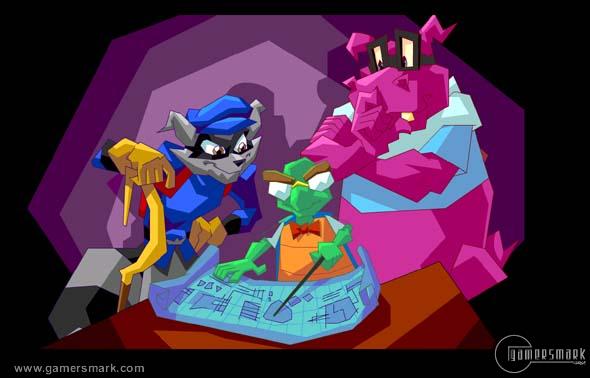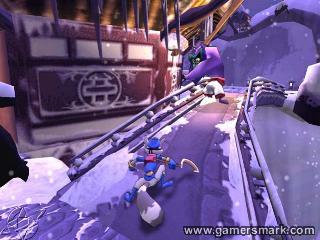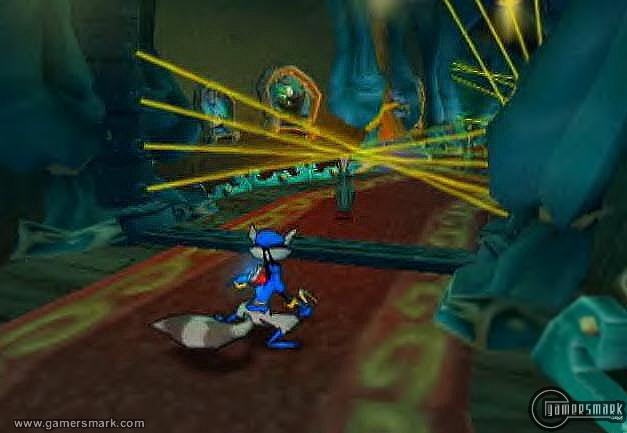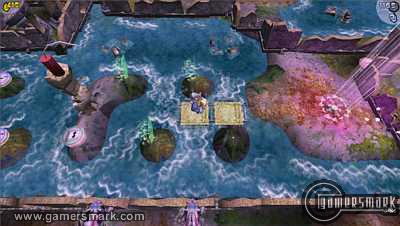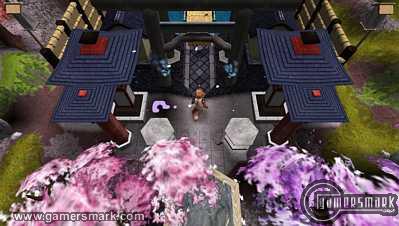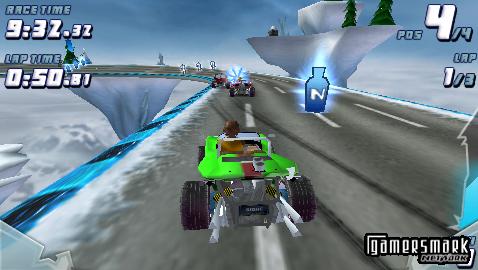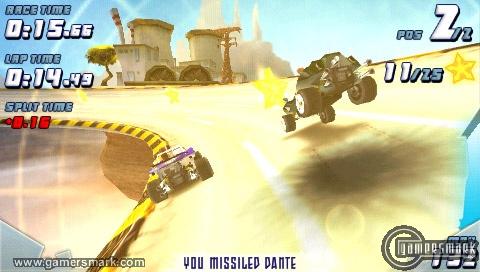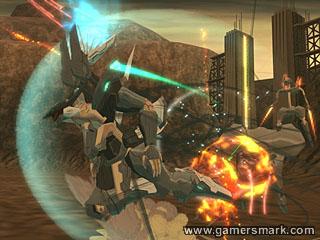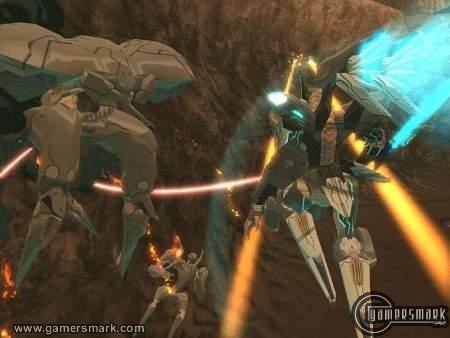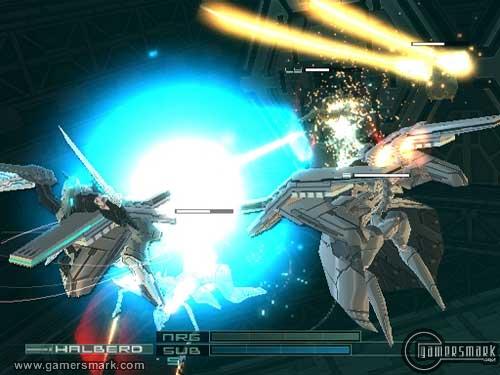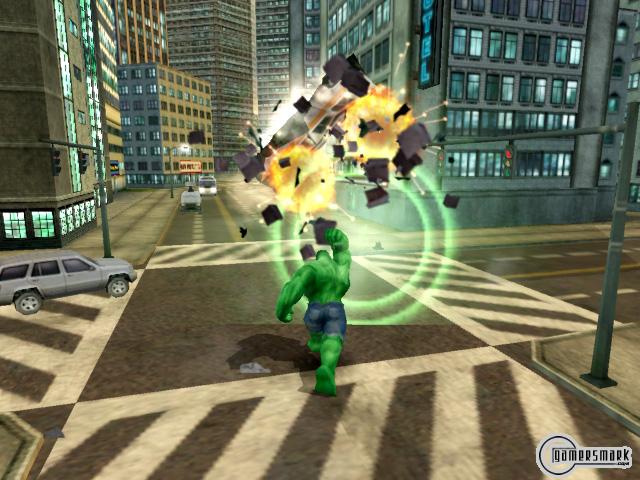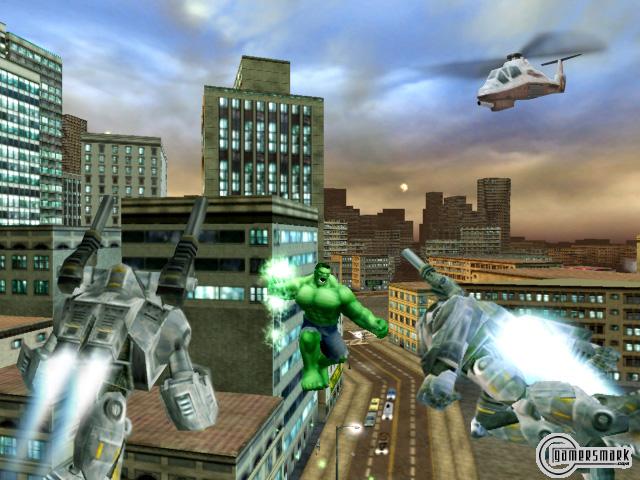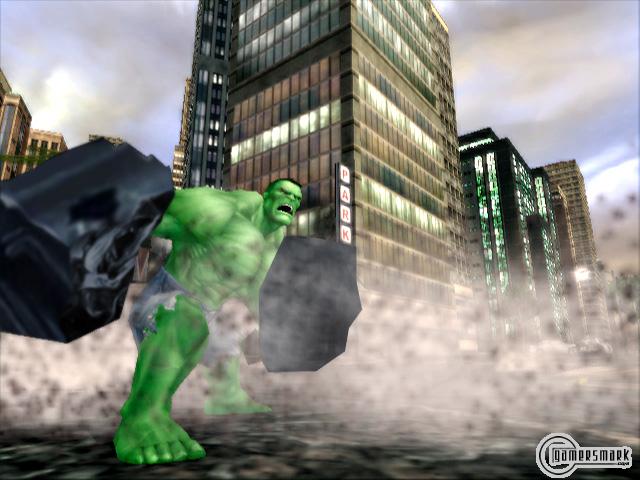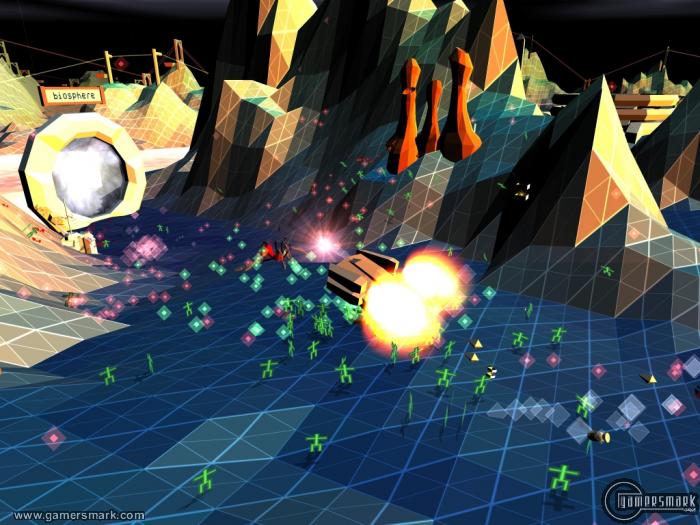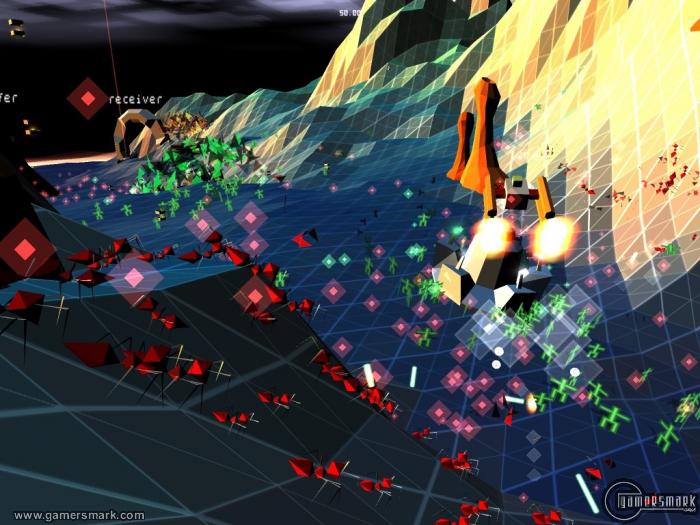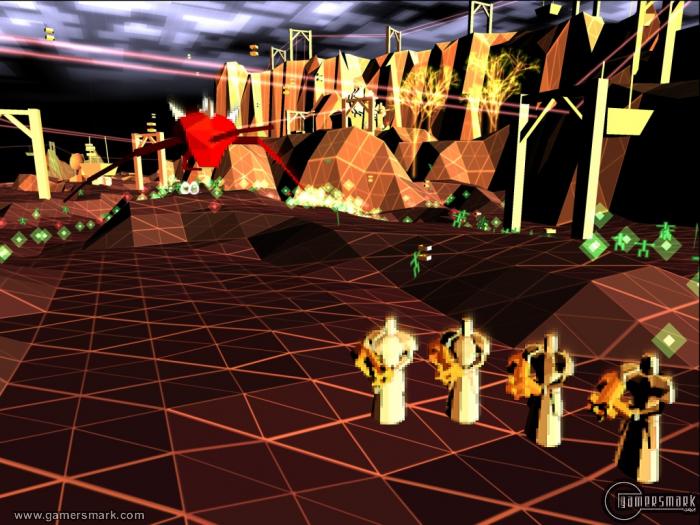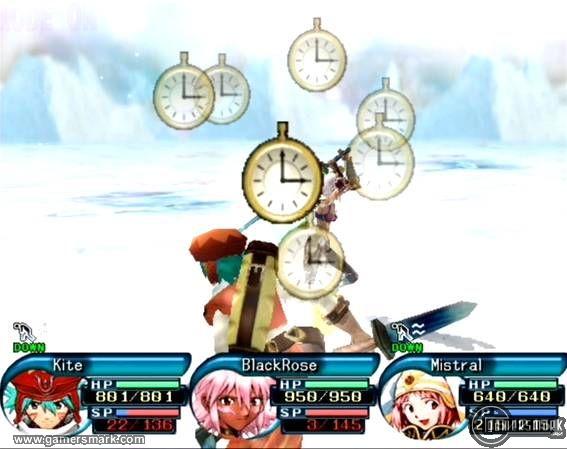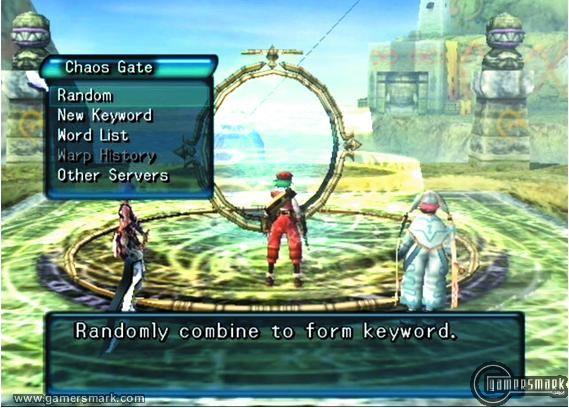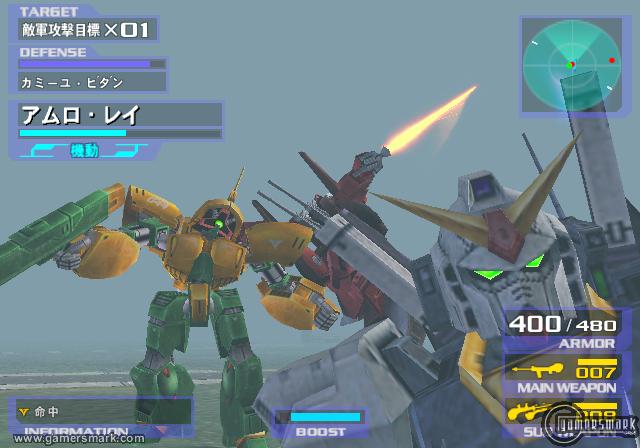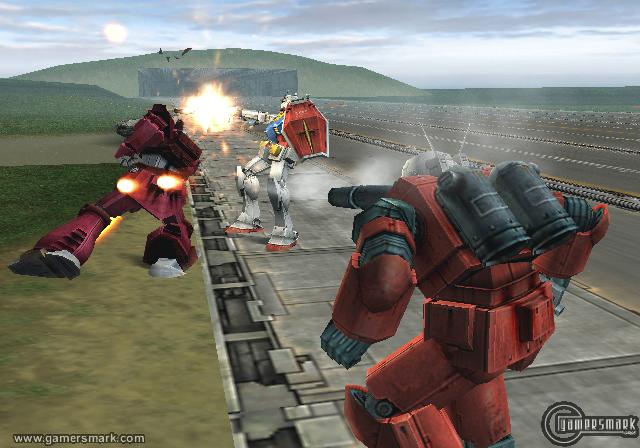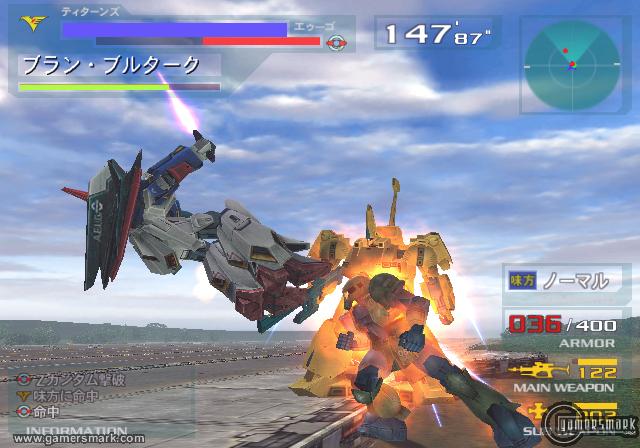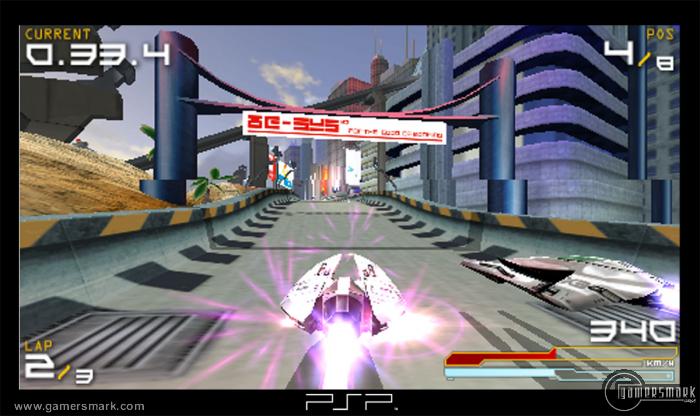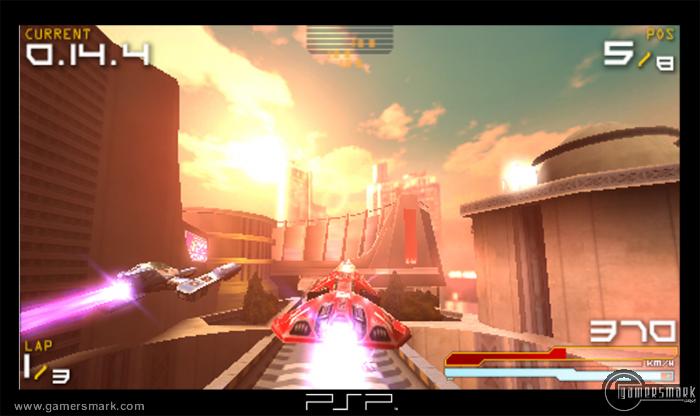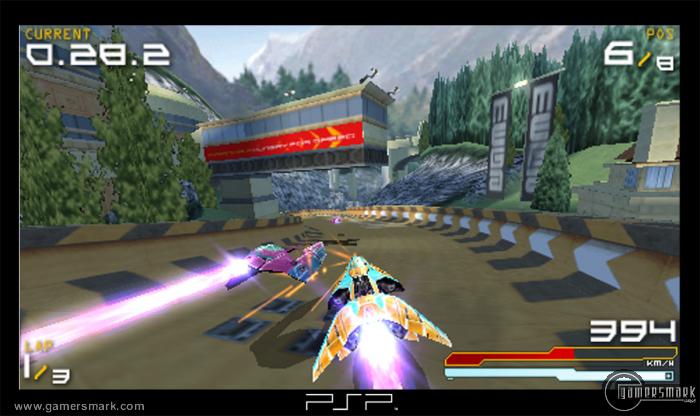Developer: Sucker Punch Productions / Publisher: Sony Computer Entertainment || Overall: 8.9/10
Sly Cooper and the Thievius Raccoonus is one of those games that remind me why platformers are so great. The game is relatively simple, and while not perfect, it is definitely an enthralling experience that doesn’t take too much of your time. Since 2002, two more sequels to the original have come out, with Sly 3: Honor Among Thieves just being released last month.
The first thing that strikes you about the game is its completely animated style and presentation. You’ll feel like you’re playing through a cartoon movie spliced into “episodes” featuring a variety of beautiful landscapes and some very cinematic elements during Sly Cooper and the Thievius Raccoonus is one of those games that remind me why platformers are so great. gameplay. As a fan of the classic Looney Tunes cartoons, I enjoyed this style of presentation greatly, as the influence really shows at times. But don’t let the game’s cel-shaded appearance dupe you; there is a spectacular platforming engine that drives Sly Cooper and the Thievius Raccoonus.
What could be called more of an “introduction” to the character of Sly Cooper and how he learns his amazing thievery skills is a very involving game on its own. The five different episodes of the game create the feeling, as mentioned before, that you’re playing through a cartoon series/movie hybrid of sorts. Each of the five different episodes will take you through its own unique areas with its different challenges, as should be expected in a game like this. As you acquire more skills through the levels, you’ll increasingly be expected to know how to use the skills masterfully and in conjunction with each other. When you get to the later levels of the game, you’ll have to get your timing perfect and know exactly what you’re about to do to complete the task.
There being only one mode, story mode, you’re plunged right in the middle of a robbery, introducing you to the main characters and the basic mechanics of gameplay. Sly Cooper’s cohorts Murray the hippo (the driver) and Bentley the turtle (the brain) back up Sly when he needs help. Carmelita Fox, the hot Latino fox character, will appear from time to time and chase Sly and attempt to capture him. All the characters, including the bosses, are well voice-acted for, though Sly Cooper’s voice could have been a little bit more unique when it comes to personality in regular speech. With all the platforming fun you’ll be having, it’ll be easy to overlook it.
Gameplay is very much a strong point of the game. I’d call it pretty much a perfect platformer if it weren’t for a couple of things. The first and foremost is the way in which special abilities are used. Instead of having one of the R or L buttons assigned to a special ability, the triangle button becomes the designator of the special ability button. This wouldn’t be so much of a problem if it wasn’t for the fact that there are a couple of abilities that require you to hold the triangle button to use, and to take advantage of it also press another one of the face buttons. Of course, you can use two fingers instead of your thumb to remedy the problem, but it doesn’t feel as natural and rightly so. It seemed like the trigger buttons were wasted, with the L1 and R1 bringing up your “Binoc-u-cam” (which are binoculars) and the L2 and R2 are used to shuffle through the abilities. With a little bit of better planning, the buttons could have been utilized in a better and more natural way, or the abilities becoming user-assigned. The other smaller problem is the camera. Sometimes you aren’t able to move the camera in a way that will really help you out, making you resort to your Binoc-u-cam to look for something (which allows for free look). More than a couple of times the camera actually got caught behind a wall or something and couldn’t follow Sly Cooper around anymore.
Sly Cooper is also a collectathon. You’ll be collecting as many coins as you can, smashing things open and going out of your way to obtain “clues” that lead to gaining new abilities. Sometimes it’s easy to miss the vital “clues” because they could be hidden. Even though there is something you can obtain for each world (which are Blueprints of the area you’re in) which unveil the location of coins and clues when looking through your Binoc-u-cam, it could be a pain when you’re looking for the clues that you need to get the Blueprints, which makes it sort of a Catch 22. Saving and loading throughout the game are so well masked that you practically don’t know it’s going on. After each level or new ability gained, the game will save but won’t stop the game asking for your permission to do it. You’ll go right on not even being asked to do anything and it happens in the background. This is the first game that I’ve seen that doesn’t have a dialog screen up when saving. Loading is also seamless and is barely noticeable as you move between areas. There aren’t even any loading screens to speak of. The loading and saving aspects of the game should be praised and become more widely used if possible.
As said before, the voice acting is quite good. On top of that, the regular sound effects are excellent and satisfying. The graphics and presentation style also push the title to near visual perfection, as most cel-shaded games are. The graphics really couldn’t be made much better for the Playstation 2’s hardware. The movies and “briefing” scenes are also all animated, never taking you out of the experience of feeling like being in a cartoon.
While almost obviously appealing to the younger crowd, Sly Cooper and the Thievius Raccoonus is definitely something a gamer of any age can enjoy. Since it is a pretty aged title, you can probably pick it up for a few dollars used or get it new at the Greatest Hits price or even lower. If you’re in for a relatively short, fun game, Sly Cooper 1 would be a wise decision.

